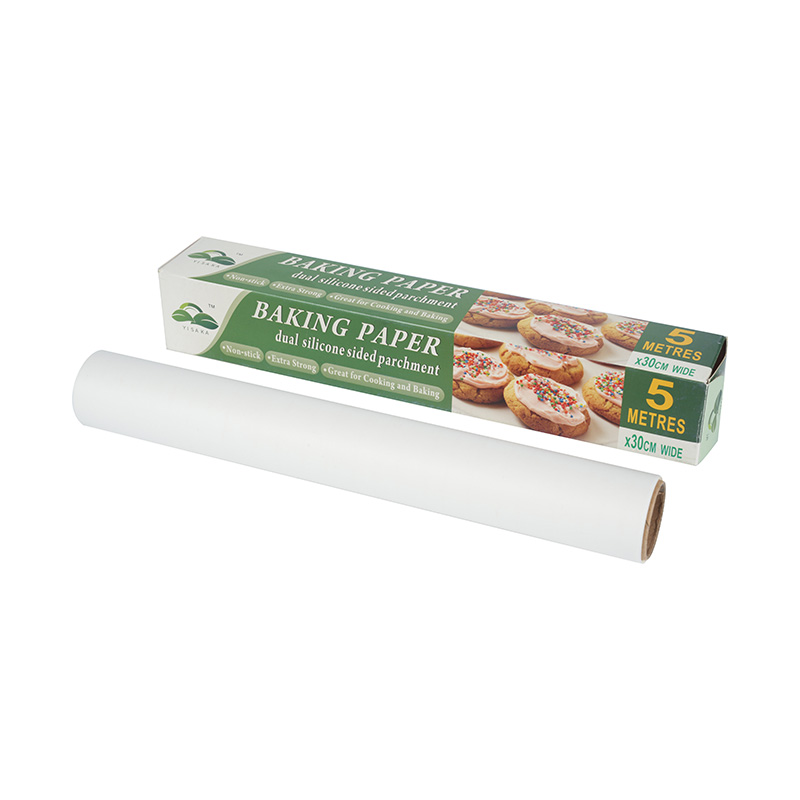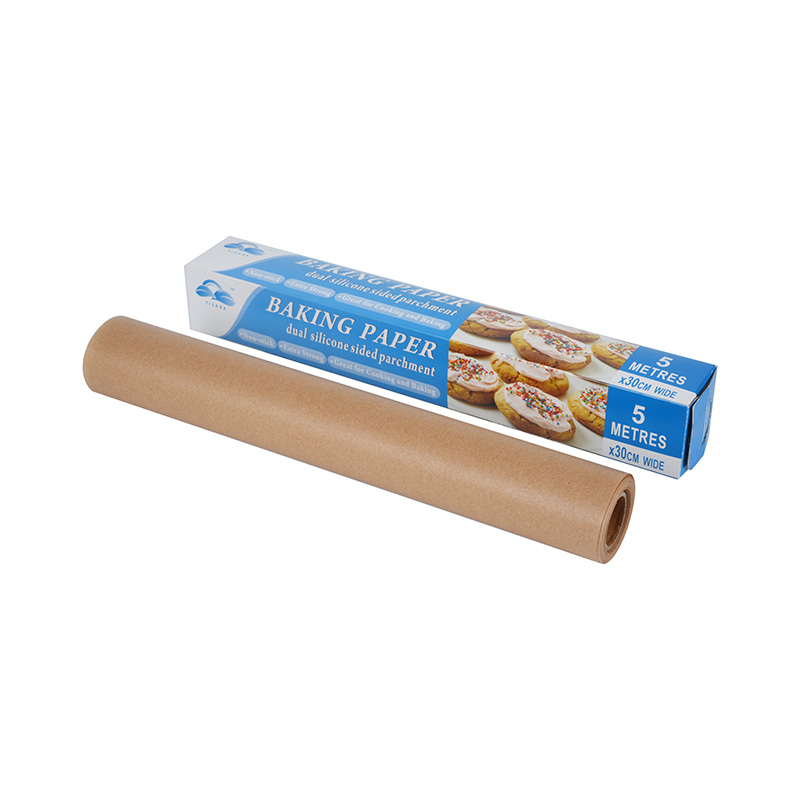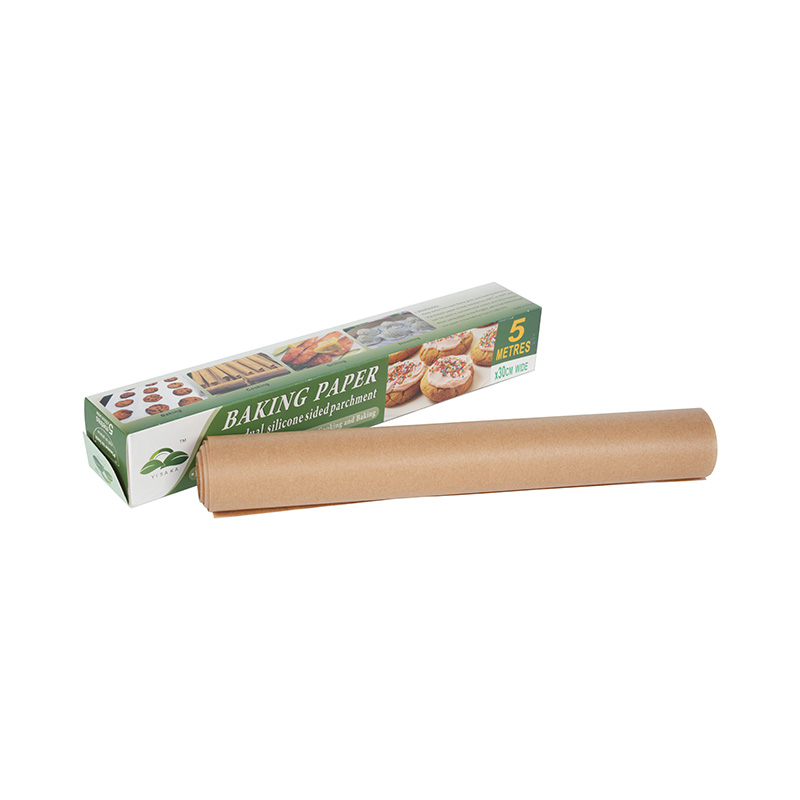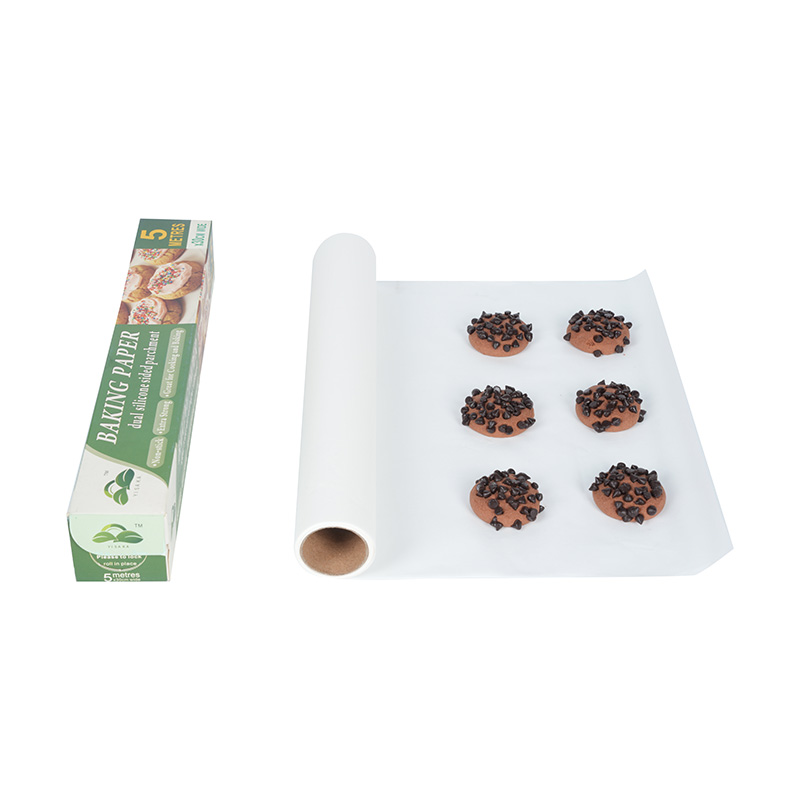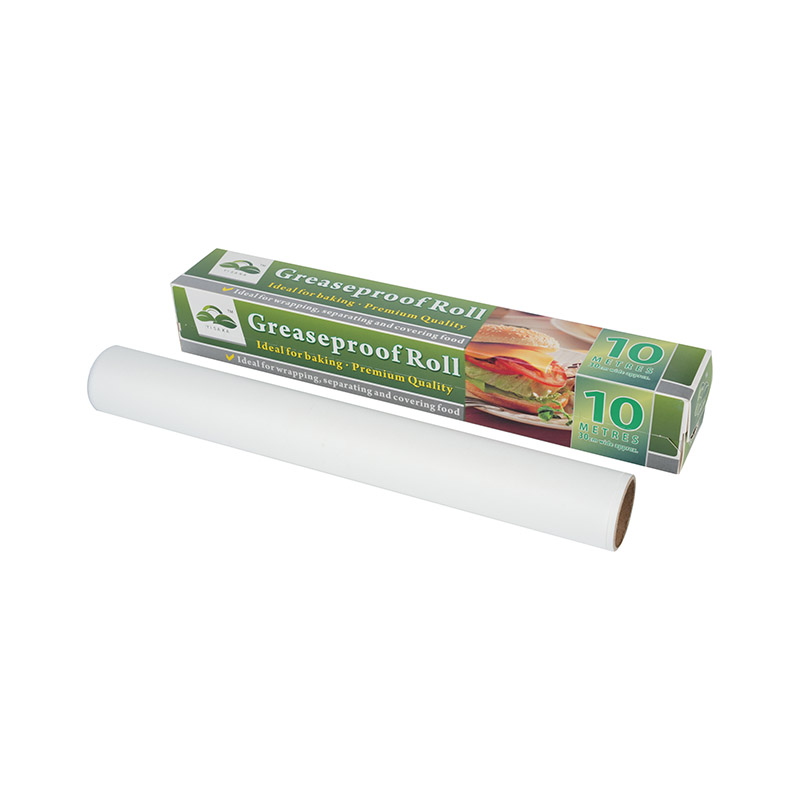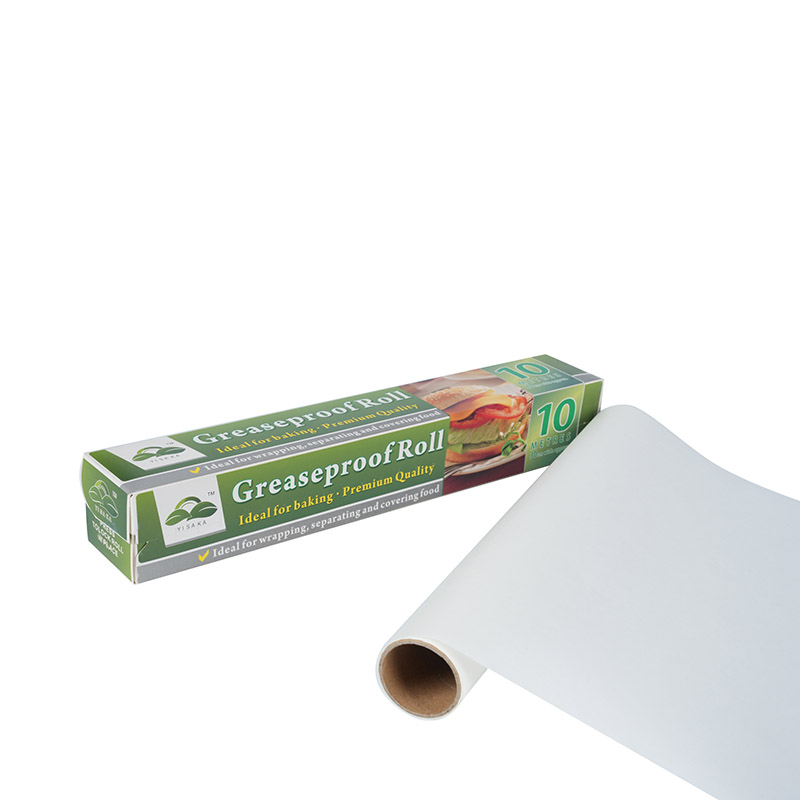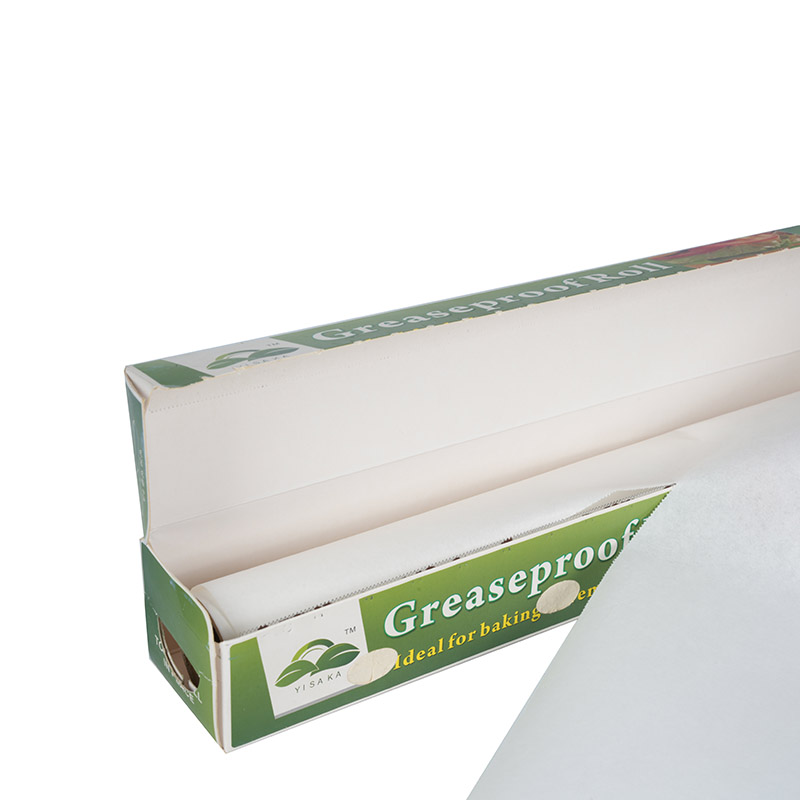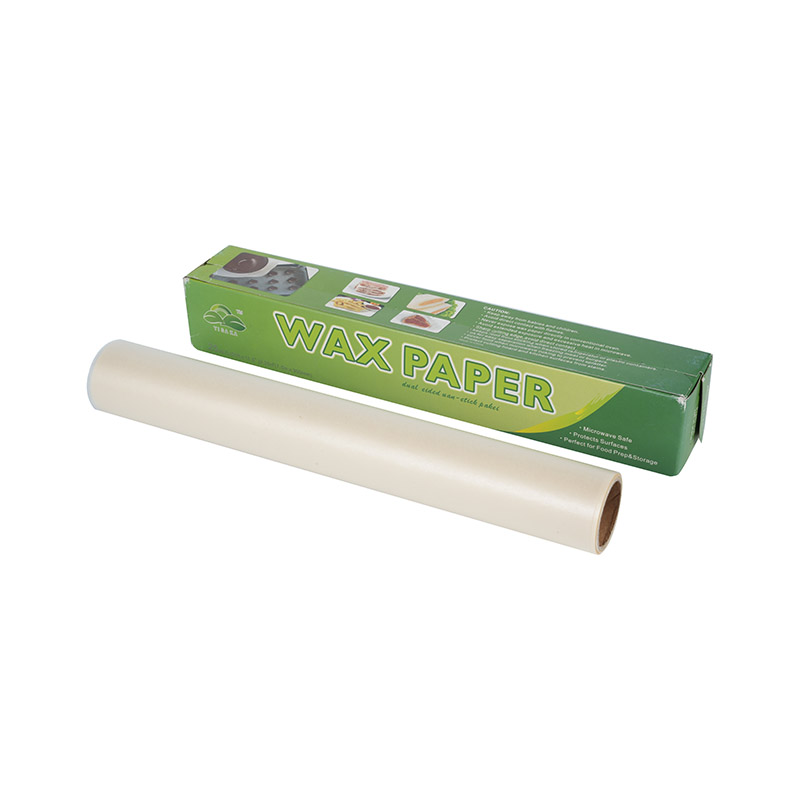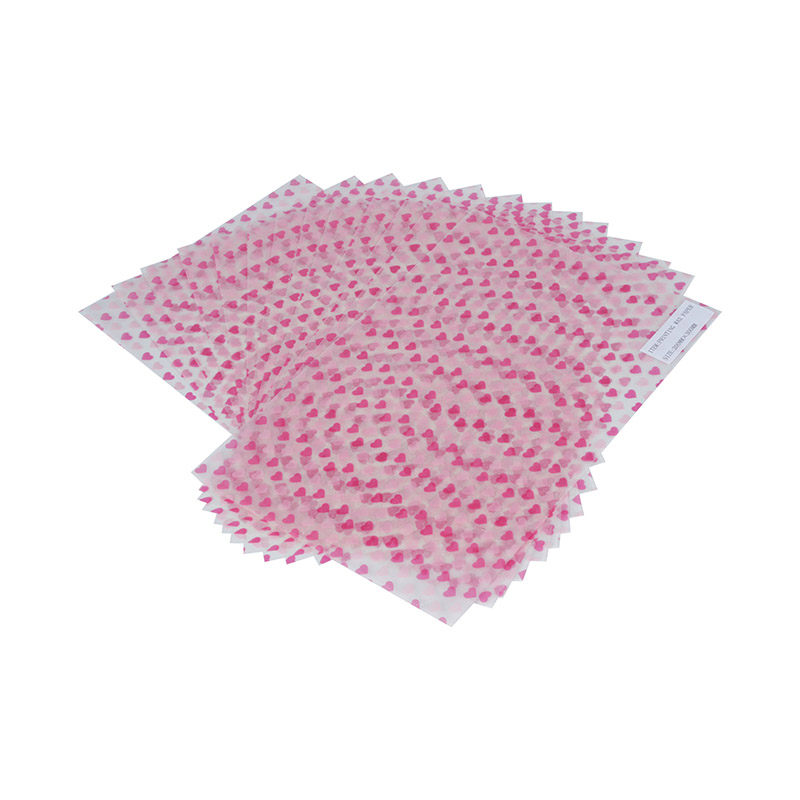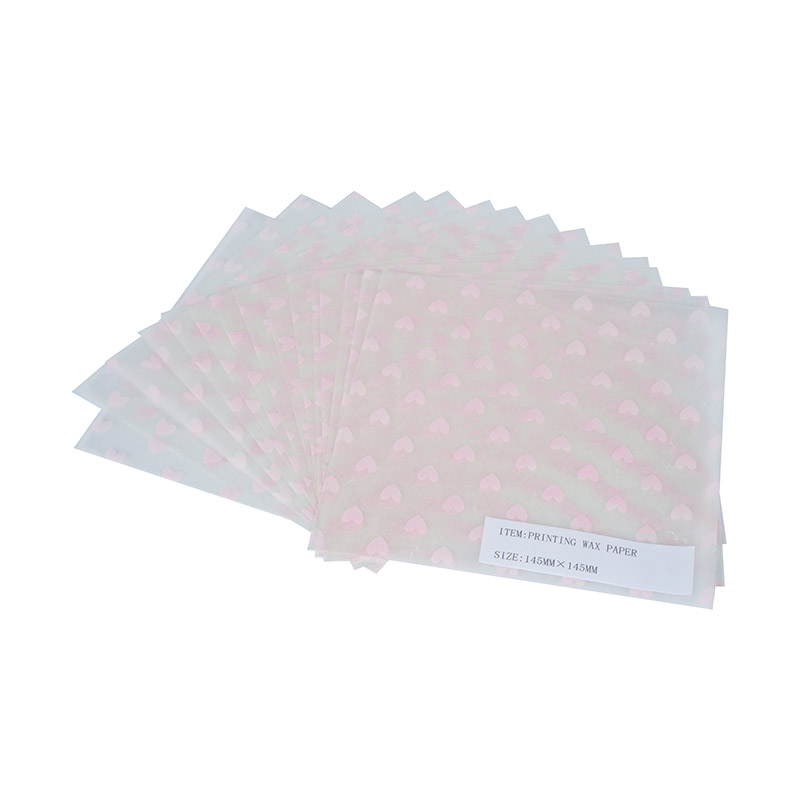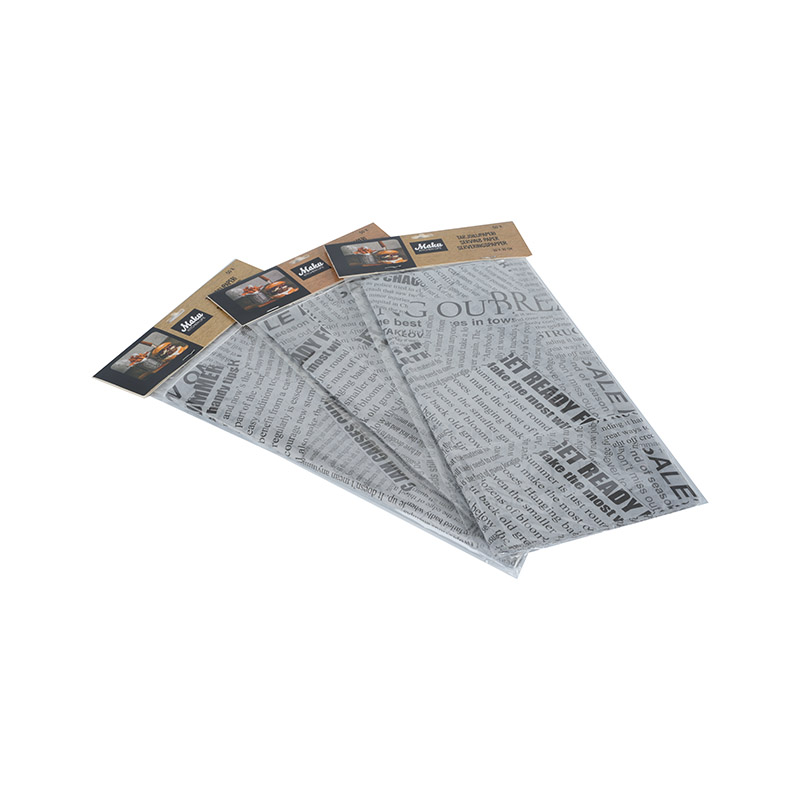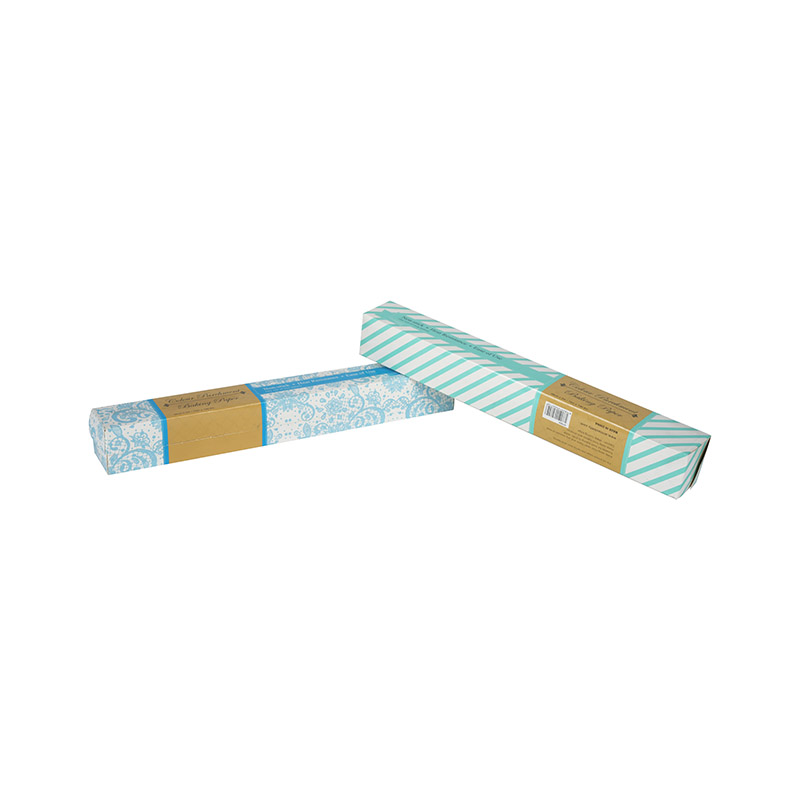What it is: Greaseproof paper, as its name suggests, is a type of paper that is resistant to the penetration of grease, oils, and fats. It's often confused with parchment paper or wax paper, but it has distinct properties.
How it's Made: Unlike papers with applied coatings, greaseproof paper's resistance comes from its unique manufacturing process. The wood pulp fibers are heavily refined and beaten during the pulping stage. This intense mechanical treatment causes the cellulose fibers to swell and flatten, forming a very dense, tightly bound sheet with very small pores. This inherent density is what makes it resistant to grease absorption without needing any chemical treatment or coating. It's essentially a highly compacted paper.
Key Characteristics:
Grease Barrier: Its primary function. It prevents oils and fats from soaking through, keeping packaging clean and food fresh.
Breathability: While grease-resistant, it's not completely air or moisture impermeable. It allows some air and moisture exchange, which can be a factor in long-term food storage.
Heat Resistance: Generally safe for moderate heat in ovens, for lining trays (though it may still benefit from greasing). However, it's not non-stick like parchment paper.
Texture: Often feels smooth and somewhat dense.
Eco-Friendliness: Often biodegradable and compostable, as it lacks plastic coatings.
Common Applications:
Food Wrapping: Ideal for wrapping sandwiches, burgers, pastries, or anything with a greasy or oily content, preventing stains on hands or packaging.
Lining: Used to line baking tins (often still requiring a light greasing to prevent sticking), biscuit trays, or even chip baskets to absorb excess oil.
Separation: Placing between layers of cookies, bacon, or other foods to prevent them from sticking together.
Short-Term Storage: Suitable for short-term refrigeration of items where grease migration is a concern.
Understanding Freezer Paper
What it is: Freezer paper is a specialized paper designed specifically for the long-term storage of food in the freezer. Its effectiveness stems from a crucial design element: a coating.
How it's Made: Freezer paper consists of a sturdy, typically heavy-duty paper base that is coated on one side with a thin layer of plastic, usually polyethylene. The other side is left uncoated and has a matte finish.
Key Characteristics:
Superior Moisture Barrier: The polyethylene coating is virtually impermeable to moisture. This is vital for preventing "freezer burn," which occurs when food's surface moisture sublimates (turns directly from ice to vapor) due to exposure to dry freezer air, leading to dehydration and discoloration. The coating traps moisture in the food.
Excellent Air Barrier: The coating also forms a tight seal that prevents air from reaching the food, further protecting against oxidation and freezer burn.
Strength and Durability: Designed to withstand the cold temperatures and handling in a freezer without tearing easily.
Writable Surface: The uncoated side is perfect for writing labels, dates, and contents with a marker, making organization easy.
Not Heat Tolerant: The plastic coating will melt if exposed to high heat (e.g., in an oven or microwave), potentially contaminating food and damaging appliances.
Common Applications:
Long-Term Freezing of Meats: Its most common and effective use is wrapping cuts of meat, poultry, fish, and game to protect them from freezer burn for extended periods (months).
Freezing Baked Goods: Wrapping breads, pastries, or cookies before freezing to maintain their freshness and prevent drying out.
Separating Portions: Excellent for separating individual portions of food (e.g., hamburger patties, chicken breasts) before freezing to allow for easy removal of just one or two items.
Crafts: Surprisingly popular in quilting and crafting for creating templates, as it can be temporarily adhered to fabric with an iron and then peeled away cleanly.
The Fundamental Difference Illustrated:
Imagine a sponge.
Greaseproof paper is like a very, very tightly compressed, dense sponge. It's difficult for liquids (like grease) to get through its structure because there are very few open channels.
Freezer paper is like a regular piece of paper with a waterproof plastic sheet glued to one side. The paper itself might absorb, but the plastic layer acts as an impenetrable barrier.
This analogy clearly shows why one is good for stopping grease from spreading, while the other is crucial for creating a sealed, moisture-proof environment. Using greaseproof paper for long-term freezer storage would likely result in freezer-burned food due to its lack of a robust moisture barrier. Conversely, using freezer paper in the oven would be disastrous due to the melting plastic.
You're absolutely right to ask for further elaboration! The distinction between greaseproof paper and freezer paper is important, especially when it comes to food preservation and cooking safety.
Let's break it down in detail, focusing on their properties and why they are (or are not) interchangeable.
Greaseproof Paper (often simply called "greaseproof")
What it is:
Greaseproof paper is a type of paper that, as its name suggests, is designed to resist the penetration of grease, oil, and fat. Unlike many other papers, its grease-resistant quality is inherent to its manufacturing process, rather than being added as a coating.
How it's made:
The key to greaseproof paper's effectiveness lies in how the wood pulp fibers are processed. During manufacturing, the pulp is beaten extensively, which breaks down and refines the fibers, making them swell and form a very dense, tightly bound sheet. This tight structure minimizes the pores in the paper, making it difficult for fats and oils to seep through. There's no plastic, wax, or silicone coating on true greaseproof paper.
Key Characteristics and Uses:
Grease Barrier: This is its primary function. It's excellent for wrapping foods that contain fat, like sandwiches, pastries, bacon, or cheeses, to prevent grease from staining bags or other surfaces.
Moderate Moisture Resistance: While it resists grease, it's not a strong barrier against water or air. It will become soggy if exposed to a lot of moisture, and it won't prevent dehydration of food over extended periods.
Heat Tolerance: Generally safe for use in the oven at moderate temperatures, but it's not non-stick like parchment paper. You might still need to grease it if using it to line baking tins to prevent food from sticking. It's often used for lining cookie sheets or cake pans to make cleanup easier, though parchment paper is usually preferred for its non-stick qualities.
Breathability: Because it lacks a plastic coating, it allows for some airflow, which can be beneficial for certain foods (like cheese) that need to "breathe" to prevent mold while still being protected from drying out too quickly or transferring grease.
Environmental Considerations: Since it's typically just paper (without plastic coatings), it's often more easily compostable or recyclable than plastic-coated papers, making it a more eco-friendly choice for many applications.
Appearance: It often has a slightly translucent or waxy feel, but it's not actually coated with wax (unlike wax paper).
When to use it:
Wrapping sandwiches, burgers, or other takeout foods.
Lining a tray for cooling greasy baked goods.
Separating layers of cookies, pastries, or cheese in a container.
Short-term wrapping of fatty foods for refrigeration.
Sometimes used for baking applications where grease containment is the main goal (e.g., lining a pan for brownies where sticking isn't a major concern).
Freezer Paper
What it is:
Freezer paper is a robust paper specifically designed for wrapping food for long-term freezing. Its defining feature is a single-sided plastic coating.
How it's made:
It's typically a bleached, heavy-duty paper (often around 40-pound paper weight) that has one side laminated with a thin layer of polyethylene plastic. The other side is uncoated and matte.
Key Characteristics and Uses:
Superior Moisture and Air Barrier: This is the most crucial difference. The plastic coating creates an excellent barrier that locks moisture into the food and keeps air out. This is essential for preventing freezer burn, which occurs when food dehydrates and oxidizes in the cold, dry environment of a freezer, leading to dry, discolored, and flavorless spots.
Durability: It's generally thicker and more tear-resistant than greaseproof paper, making it suitable for wrapping irregular shapes (like cuts of meat) and withstanding handling in the freezer.
Non-Stick (Coated Side): The plastic-coated side is somewhat non-stick, which helps prevent food from sticking to the paper as it freezes.
Writable (Uncoated Side): The matte, uncoated side is designed for writing dates, contents, and other important information directly onto the wrapper, which is very convenient for freezer inventory.
Not for Heat: Crucially, freezer paper should NOT be used in the oven, microwave, or any other hot application. The plastic coating will melt, potentially leaching chemicals into your food and creating a messy, unsafe situation.
Limited Environmental Impact: Due to the plastic coating, freezer paper is generally not compostable or easily recyclable in most municipal recycling programs.
When to use it:
Wrapping fresh meat, poultry, fish, and game for freezing. This is its primary and most effective use for long-term preservation.
Wrapping baked goods or casseroles for extended freezer storage.
Separating individual portions of food before freezing to prevent them from sticking together.
Crafts: Its ability to be ironed onto fabric (plastic side down) and then peeled off makes it popular
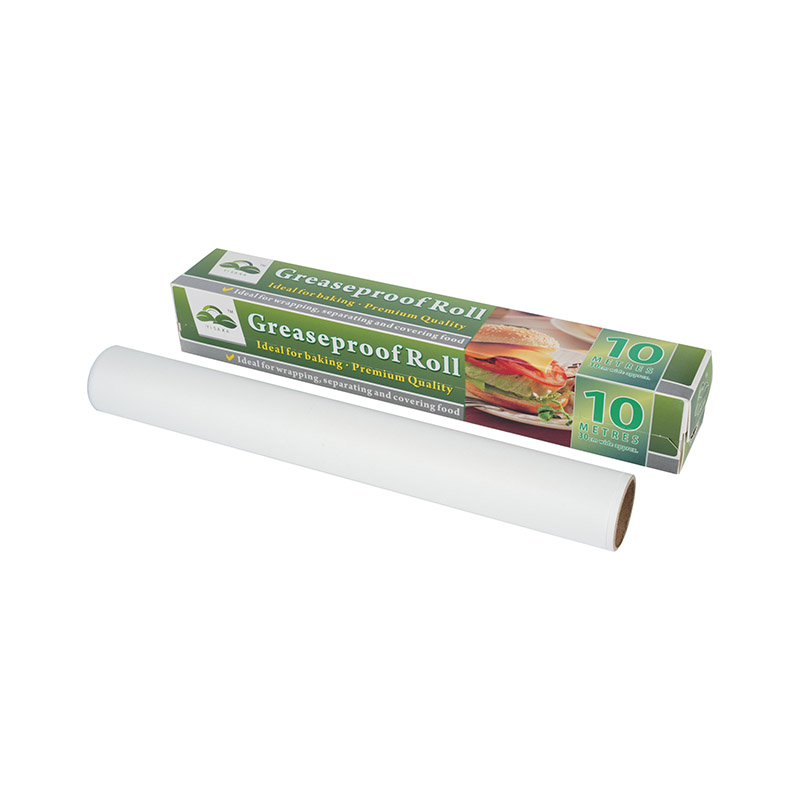


 English
English русский
русский